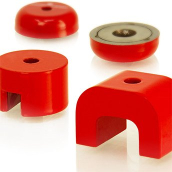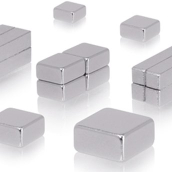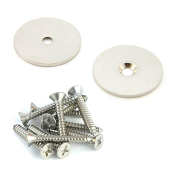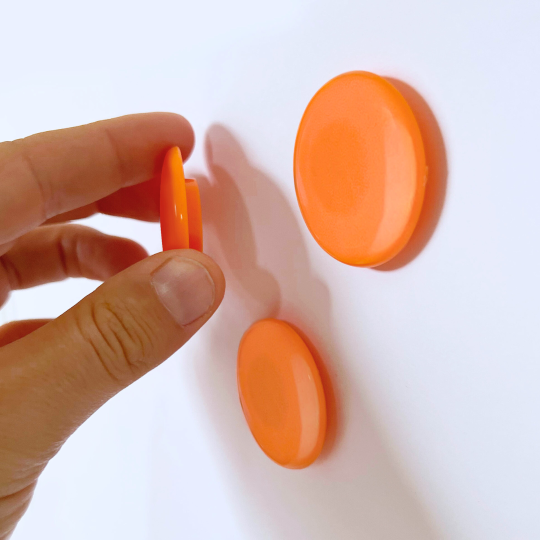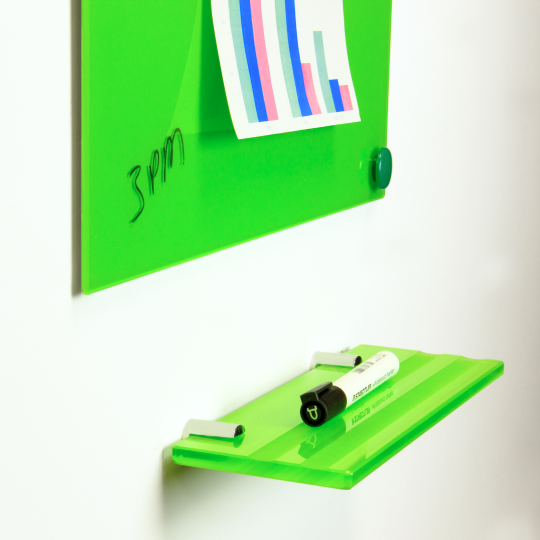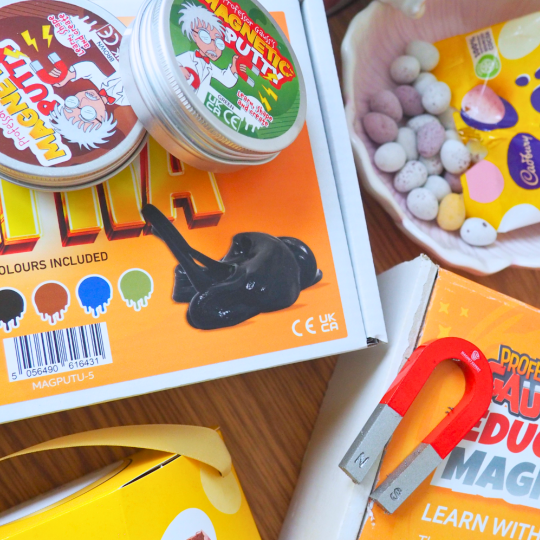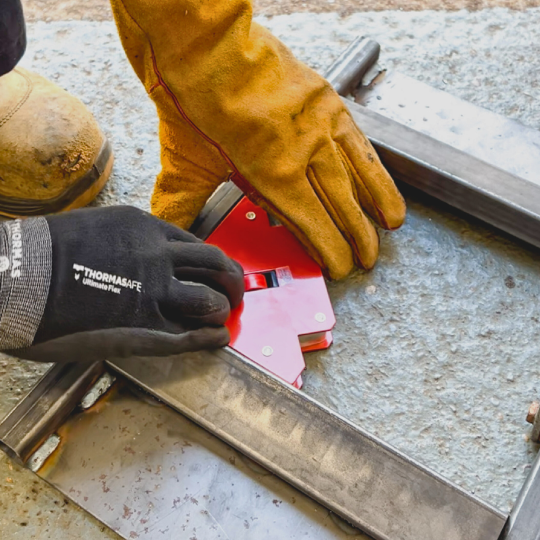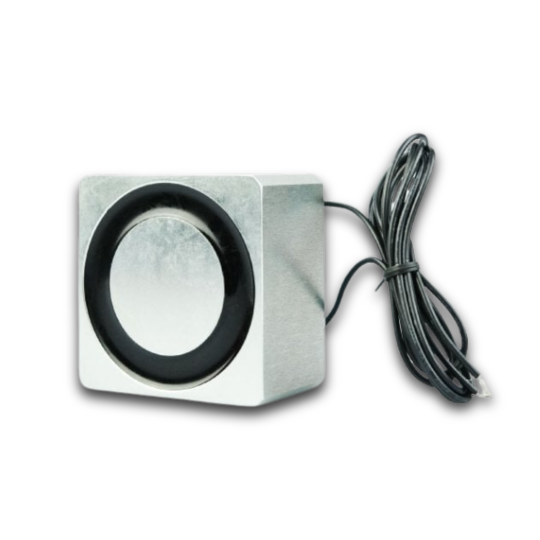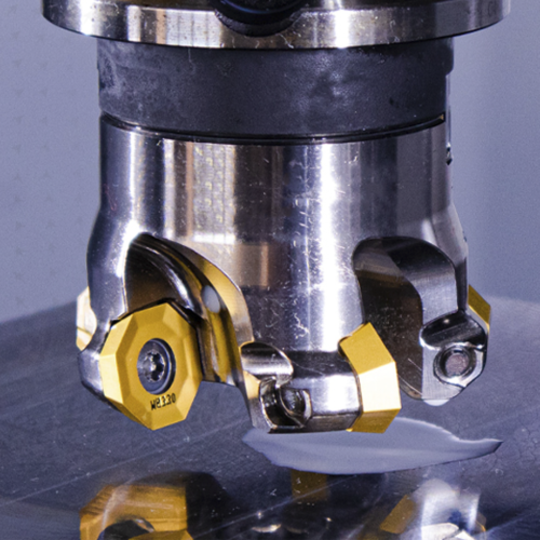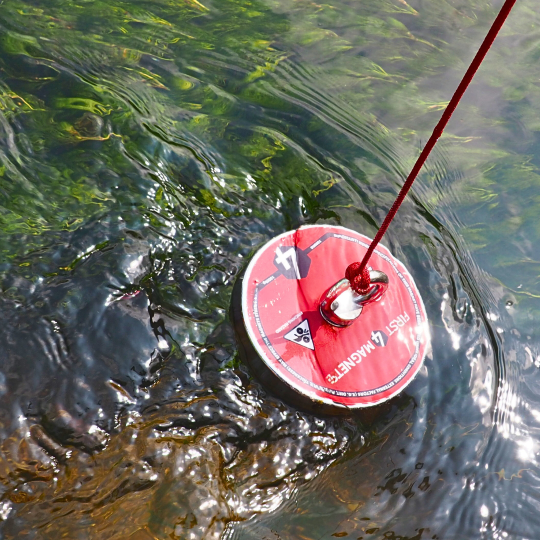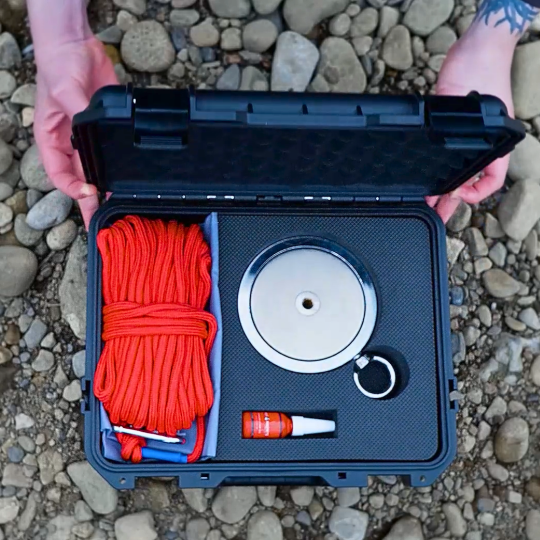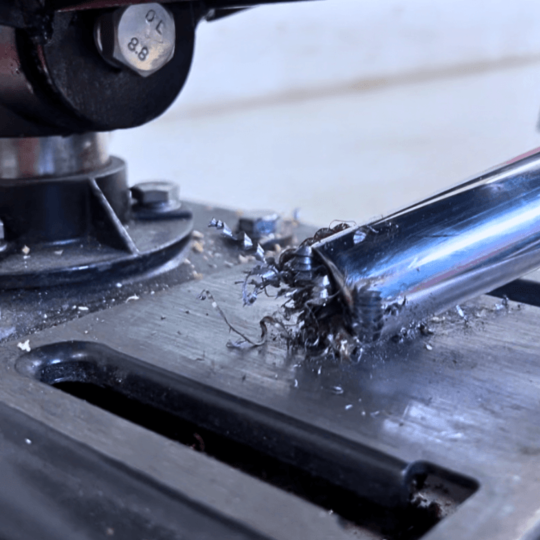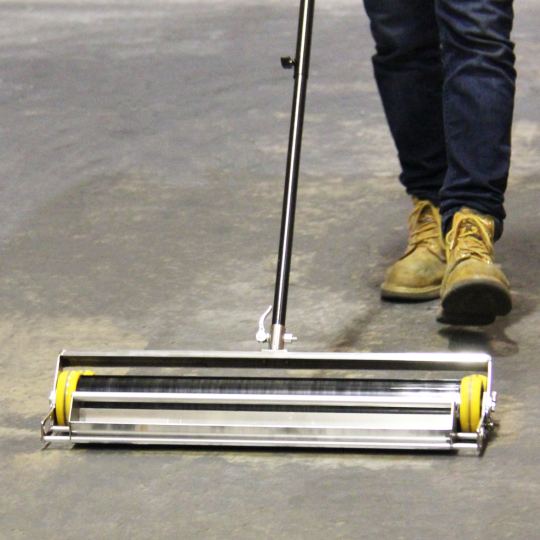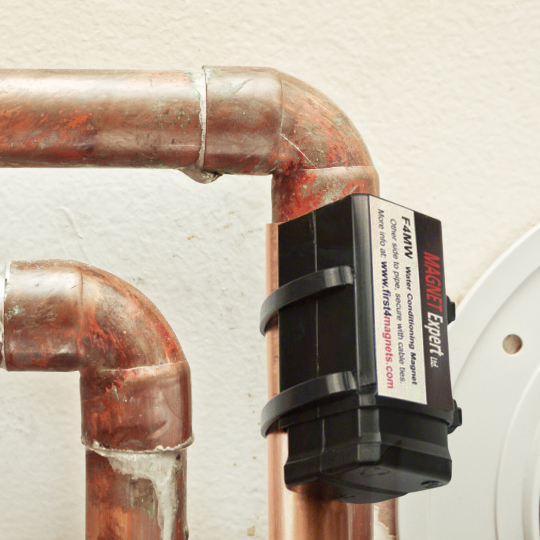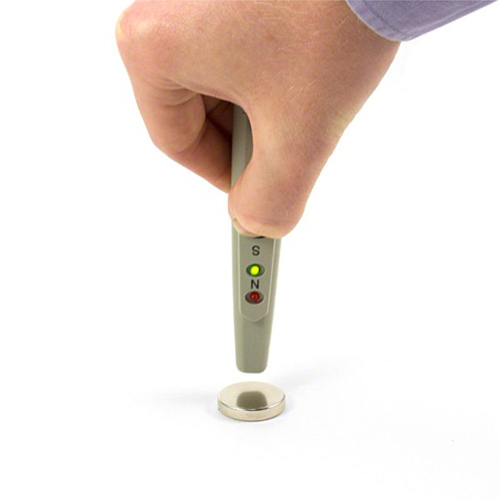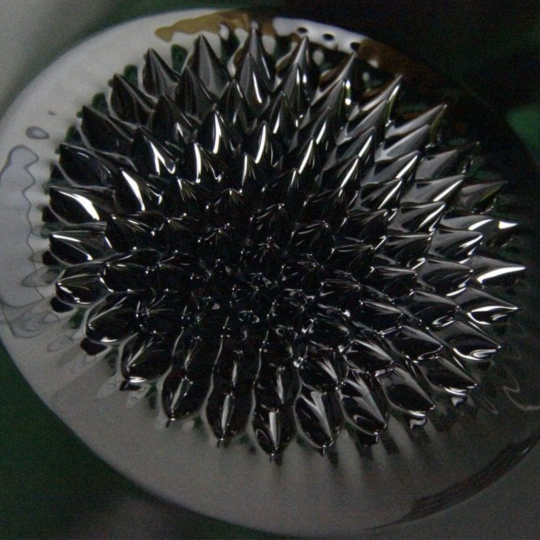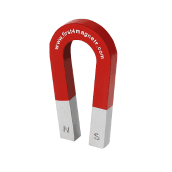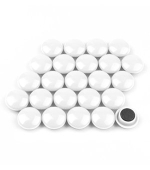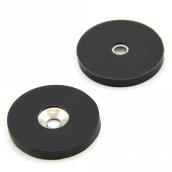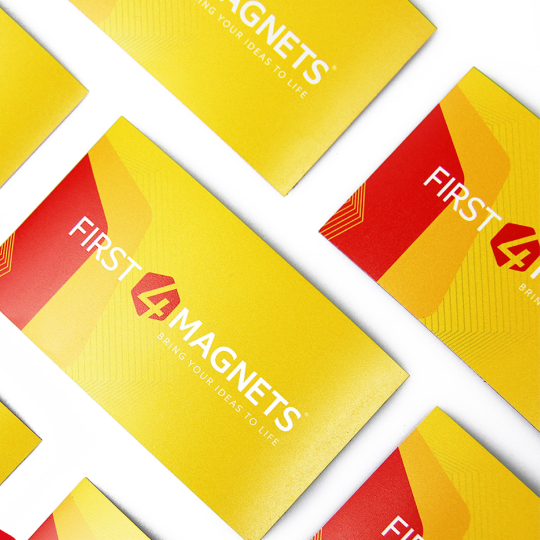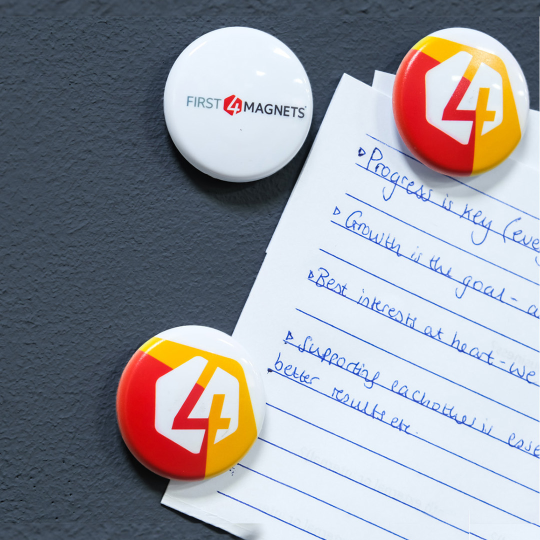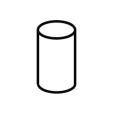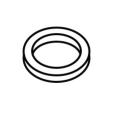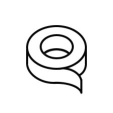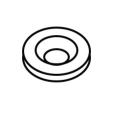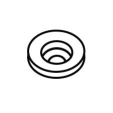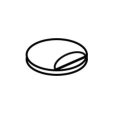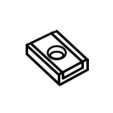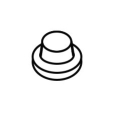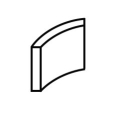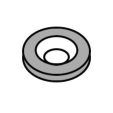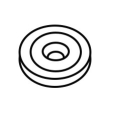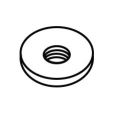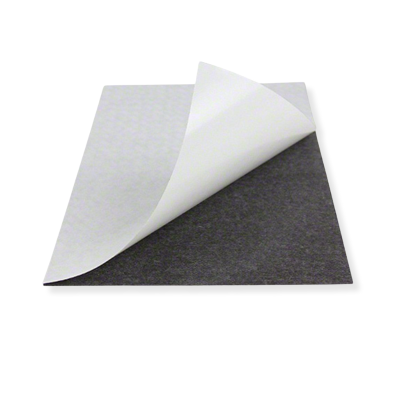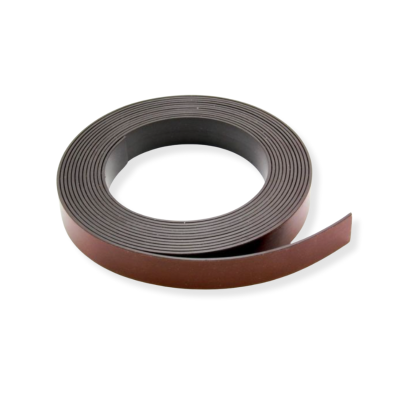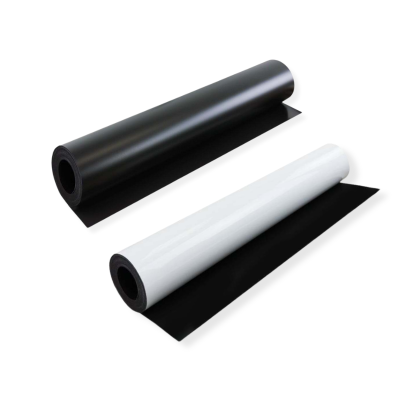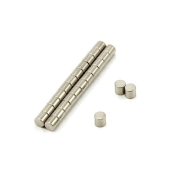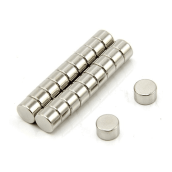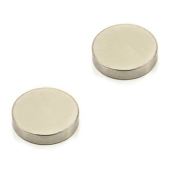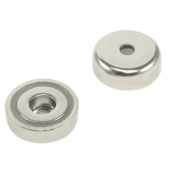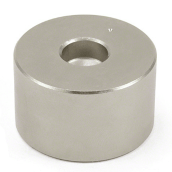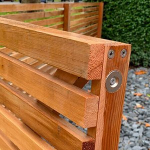Common Applications Of Neodymium Magnets
Neodymium magnets are the strongest magnets in the world, because of their strength, even tiny magnets can be effective.
This also makes them incredibly versatile; as each of us goes about our modern lives, we are never far from a neodymium magnet, you are likely to have one in your pocket right now, or if you are reading this article on smartphone, you might even have one in your hand!

Since the creation of the first neodymium magnet, they have been used for many purposes. Industries such as electrical motor manufacture, medical science, renewable energy and technology all rely on the super-strength neodymium magnets. Without which, many of the advancements over the last 30 years would not have been possible.
They are also useful around the home, for hobbies such as crafts, modelling and jewellery making. Because of their super-strength, incredible performance and resistance to demagnetisation they can be made in many shapes and sizes, even as small as 1mm diameter, making their uses literally endless!
Did you know? A magnet 8mm in diameter and 5mm long weighs only 2 grams and yet generates a force of over 1,700 grams.
Neodymium magnets are used for:
Hard disk drivesA hard disk drive records data by magnetising and demagnetising a thin film of ferromagnetic material on a disk. Each disk is separated into many tracks and sectors and each sector has many tiny individual magnetic cells which are magnetised by the drives read/write head when data is written to the drive. Hard drive heads are made from ferrite wrapped in a fine wire coil. When writing, the coil is energised, a strong magnetic field forms, and the recording surface adjacent to the gap is magnetised. Strong magnets are also used in the actuator that moves the read/write head into position.
Dentures
Tiny neodymium magnets can be used for attachments in corrective devices or for holding together replacement dentures where several teeth are missing. Because of their strength, even tiny neodymium magnets can be effective and when coated they have an increased resistance to corrosion.
Magnetically coupled pumps
Magnetically coupled pumps consist of a motor-driven shaft with an attached ring of powerful magnets and another smaller ring of magnets attached to another shaft connected to the impeller that sits within the larger ring of magnets. As the motor turns the drive shaft and one set of magnets, the magnetic field generated turns the other set of magnets which powers the impeller. With this type of motor there is no mechanical contact between the motor and the impeller.
Magnetically coupled pumps, or magnetic impeller pumps provide two main advantages over non-magnetic pumps. Because the impeller is connected to the driving magnets and shaft by magnetism alone, if the impeller is obstructed and stops turning the motor can continue to turn without burning out avoiding any lasting detriment to the motor. The second, is relevant to applications in which liquid could potentially seep into the motor unit (for example, a pond motor) as with a magnetically coupled motor you can completely separate the motor unit from the impeller, which is usually within a hermetically sealed case.
Door catches
Neodymium magnets are used in public, commercial and residential buildings to create magnetic door catches. Countersunk or pot magnets recessed into the surface of a door are used to attract another wall mounted magnet or steel disk. Strong neodymium magnets will easily hold the weight of a door and the leverage provided by the door means the magnets can be easily separated.
Motors and generators
Electric motors rely upon a combination of an electromagnet and a permanent magnet, usually a neodymium magnet to convert electric energy into mechanical energy. A generator is the reverse, it converts mechanical energy into electric energy by moving a conductor through a magnetic field.
Jewellery
Small magnets are used in the production of jewellery and for jewellery clasps. Counter-bored neodymium magnets with opposite poles on the counter-bored faces provide a secure hold and because neodymium is the strongest magnetic material in the world a magnet just 5mm in diameter can be effective.
Bearings
Magnetic bearings use the concept of magnetic levitation to support moving parts without physical contact. They are used to enable relative motion with very low friction and no mechanical wear even at incredible speeds. Bearings known as passive magnetic bearings use permanent magnets such as neodymium magnet while active magnetic bearings use electromagnets.
MRI scanners
MRI scanners produce a large magnetic field which aligns the protons in a human body in the direction of the magnetic field. Radio frequency waves are then directed at the body producing detailed internal images. Many ‘open’ MRI machines used in hospitals use large neodymium magnets, they literally help save lives.
Magnetic therapy
Although not clinically proven, many people believe that magnets can relieve pain by subjecting parts of the body to magnetic fields produced by permanent magnets. Because of their strength, neodymium magnets are a popular choice for believers in magnetic therapy.
ABS (anti-lock braking) system sensors
Passive ABS sensors use neodymium magnets wrapped inside copper coils. A sensor is placed close to the ABS reluctor ring and as the ring rotates a voltage is induced in the copper wire. This signal is monitored by the vehicle’s computer system and used to define wheel speed.
Levitation devices
Commercially, electromagnets are used for levitation applications such as magnetic levitation transport. However, the availability and affordability of small, strong neodymium magnets means that you can do your own magnetic levitation experiments at home. The trick known as diamagnetic levitation also requires a diamagnetic material such as pyrolytic graphite.
Lifting machinery
Permanent magnets are essential in the heavy engineering and manufacturing industries, used for lifting large ferrous items. Switchable release magnets using super-strong neodymium magnets are commonly used as they are supplied with a quick-release switching mechanism.
Magnetic separators
Most processing facilities will use some form of magnetic separation system to remove contaminating ferrous and paramagnetic items from production or processing lines. This is usually done using a form of conveyor system and strong filter rod magnets.
Reed switches
A reed switch is a switch operated by a magnetic field. Reed switches consist of contacts placed on ferrous reeds, encased in a sealed glass tube. They can be designed to be open or closed by default in the absence of a magnetic field and are activated by bringing a neodymium magnet close to the switch. A typical use for reed switches is detecting the opening and closing of doors in burglary alarm systems.
Crafts and model-making
Neodymium magnets are very popular among craft enthusiasts and model-makers. Because they are so powerful, even a tiny magnet can generate enough magnetic pull to be effective. They are the magnet of choice for everyone ranging from miniature war gaming enthusiasts for configuring models used in games such as Warhammer to people who make handmade stationery and cards.
Print finishing
Small neodymium magnets are widely used in the print finishing industry as a thin magnet will be powerful enough to attract another magnet even if both are secreted beneath a layer of card, paper or plastic. We have many customers that use our magnets as hidden closures for brochures, binders, boxes, menus and high-end packaging. Usually a pair of magnets is used, but the same effect can be achieved with one magnet and a steel disc.
DIY/home improvement
The uses for neodymium magnets around the home are endless; creating door and drawer closures, hanging pictures and fixing furniture are just a few.
Recovery/retrieval
Recovering heavy ferrous items requires a heavy duty magnet. Large neodymium magnets are just the ticket for such tasks and can be considerably more cost effective than other recovery or retrieval methods. Our specially designed magnets for recovery and retrievalare capable of lifting up to 150kg.
Hanging artwork
Using magnets to hang artwork is an extremely popular solution both for professional galleries and exhibitions and homemakers. Small neodymium magnets are capable of supporting a substantial weight, even in a shear position and means that even large pieces of artwork can be swiftly swapped and changed.
Point of sale displays
Every time you enter a shop or restaurant you might not realise that you are surrounded by neodymium magnets but they will be there. That’s because many point of sale display advertising signs and stands use small are held together using small but strong neodymium magnets, or are suspended from steel ceilings using neodymium hook magnets.
